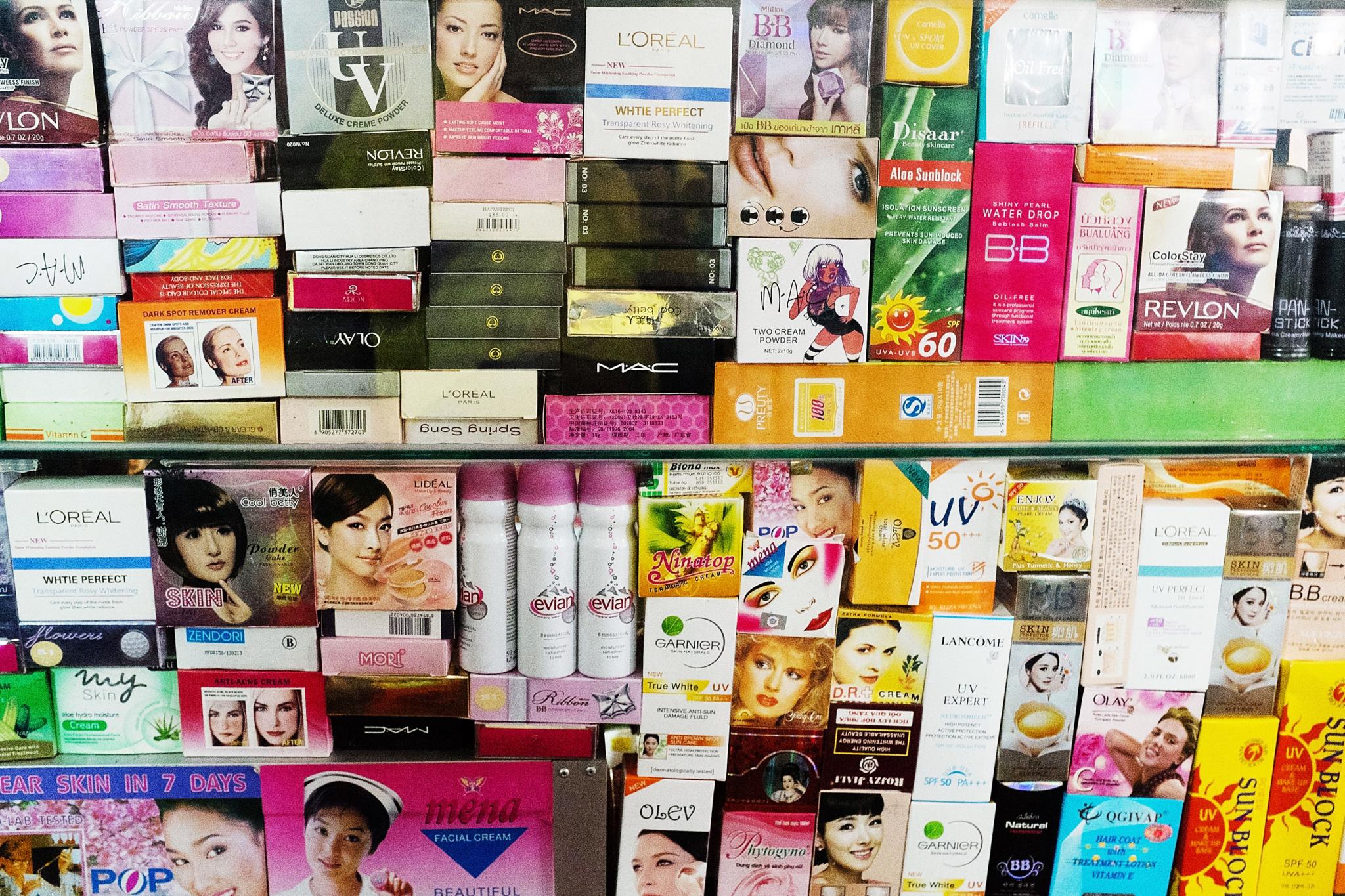
It’s obvious that sheet masks are a staple in any Korean woman’s beauty arsenal, but what other Korean beauty staples should we try? And, what’s all the hype about anyway? We asked Charlotte Cho, founder of Soko Glam, a Korean beauty destination that thoughtfully curates only the hottest and most innovative Korean items, to educate us on Korean skincare and give us the scoop on its popularity. Cho started SoKo Glam in 2012 and three years in she’s the author of the forthcoming book, The Little Book of Skincare: Korean Beauty Secrets for Healthy, Glowing Skin that hits shelves this November. Here, she explains what all the hype is about, especially surrounding the wildly popular multi-step Korean skin care routine.
ESSENCE.com: Why is the Korean beauty trend so popular right now?
Charlotte Cho: Korean skin care is picking up because people see the results and are so happy to find solutions that make them more radiant, healthy and confident. I don’t think it’s a trend, but here to stay, especially as we become more conscious of how we care for our bodies overall!
ESSENCE.com: What’s so different about the Korean beauty regimen, versus the American beauty regimen?
Cho: In the U.S., caring for skin often isn’t something that happens until problems start to surface, like the onset of acne or wrinkles, but that’s starting to change as people gain more awareness about what makes skin healthy. In Korea, having a beauty regimen is almost like a lifestyle, and people start incredibly early as children. It’s all about taking action before problems start. And of course, there’s the famous multi-step Korean skin care routine that involves layering products, starting from light to heavy formulas.
ESSENCE.com: Can you give a quick run-down of each step?
Cho: Sure! And, if you’re not ready to dive in with all 10 steps, try slowly adding one product at a time. I’d recommend beginning with making cleanse thoroughly and exfoliating to eliminate breakouts.
Oil Cleanse: The first step in your “double-cleanse” method. Don’t let the oil in the name deter you. This step works for all skin types, including those that are acne prone or oily. An oil-based product breaks down oil-based impurities such as makeup and SPF.
Water Cleanse: Water-based cleansers break down water-based debris such as dirt and sweat. They typically come in cream or foam formulas.
Exfoliate: This is a step you can do weekly. Use a chemical-based exfoliator that uses an ingredient like alpha hydroxy acid to penetrate skin and clean deep in your pores. Use a mechanical exfoliant like a sugar scrub to slough off dead skin from the surface of your skin.
Tone: Do this after you cleanse (or exfoliate, if you’ve chosen to do that step). A lot of toner formulas of the past were very astringent and left faces “squeaky clean,” but that’s beginning to change, especially as western companies take a cue from Asian ones.
Essence: After you tone, your skin is prepared for essence, which is typically a liquid formula that’s made with ingredients that help make your skin look less dull and brighten your complexion by encouraging skin cells to regenerate.
Ampoule: This is like a denser, slicker version of essence that’s supercharged with ingredients that help address signs of skin damage, whether it’s plumping fine lines by making sure skin is properly hydrated or reducing the appearance of pigmentation through skin renewal.
Masks: Perhaps the most iconic (and easily recognizable) step in Asian skin regimens, you can do this once or twice week. As the name suggests, it’s a mask that you wear for about 15 minutes. Typically they’re made from cotton or gel sheets that have been soaked in serums and essences.
Eye Cream: The skin around the eyes is especially delicate, so you want to use something richer here than you would the rest of your face.
Emulsion: This is a lighter weight moisturizer that works to penetrate into the skin and hydrate at a deeper level. It’s often a liquid or liquidy cream consistency.
Sleeping Pack, or Night Cream: This is the most emollient, or creamiest, product in your routine. You slather this on last because it’s so thick that it could prevent the rest of your products from getting absorbed into the skin.
ESSENCE.com: Are there any must-try Korean beauty products for darker skin?
Cho: When picking skin care products, look to your skin type and unique skin concerns. Skin is skin, so it’s not about the color, age or sex that makes a huge difference. The first question you should start with is: do you have issues with oil, acne, dryness, etc.? Different ingredients can help you target those specifically.
ESSENCE.com: Other than snail secretion (yikes!), what else is popular within the Korean beauty space?
Cho: Fermentation has been gaining popularity. Fermented ingredients are ingredients that have not been synthetically produced in the lab. Su:m37 is one company that’s leading this movement. Fermentation is a traditional practice in Korea for preserving and curing a lot of things, especially for food, and now it’s being used for cosmetic ingredients as demand for organics is on the rise.